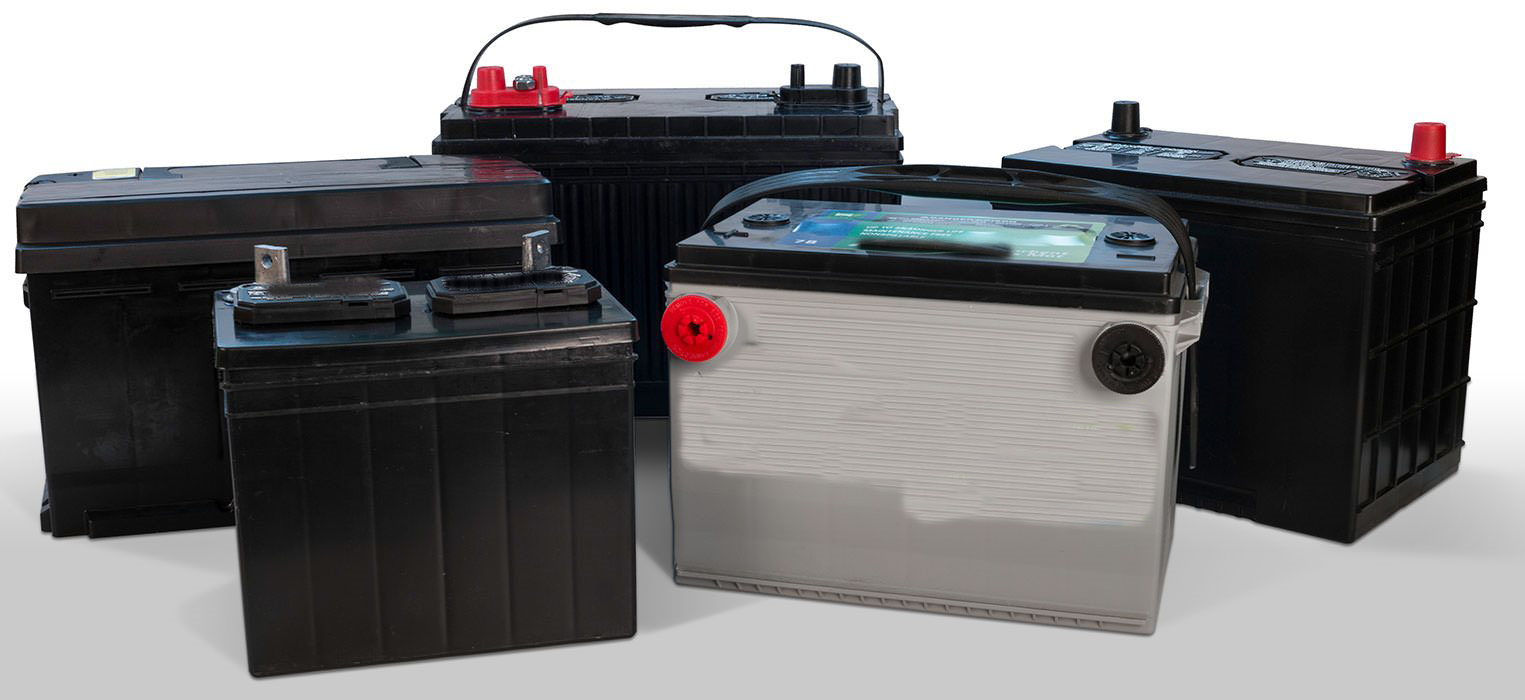Back E.M.F.
What is Back E.M.F.?
The tendency produces an e.m.f. that is in opposition to the applied voltage which is consequently reduced.
The opposing e.m.f. which is produced in an electrolyte due to the absorption of gaseous ions by the electrolyte from the two electrodes is known as the back e.m.f. of electolysis or polarisation.
Polarisation of Back E.M.F.
Let us consider the case of two platinum electrodes dipped in dilute sulphuric acid solution. When a small potential difference is applied across the electrodes, no current is found to flow. When, however, the applied voltage is increased, a time comes when a temporary flow of current takes place. The H+ ions move towards the cathodes and O– ions move towards the anode and are absorbed there.
These absorbed ions have a tendency to go back into the electolytic solution, thereby leaving them as oppositely-charged electrodes. This tendency produces an e.m.f. that is in opposition to the applied voltage which is consequently reduced.
This opposing e.m.f. which is produced in an electrolyte due to the absorption of gaseous ions by the electrolyte from the two electrodes is known as the back e.m.f. of electolysis or polarisation.
The value of this back e.m.f. is different from different electrolytes. The minimum voltage required to decompose an electrolyte is called the decomposition voltage for that electrolyte.
AdBlock-2
Value of Back E.M.F.
For producing electrolysis, it is necessary that the applied voltage must be greater than the back e.m.f. of electrolysis for that electrolyte. The value of this back e.m.f. of electrolysis can be found thus :
Let us, for example, find the decomposition voltage of water. We will assume that the energy required to separate water into its constituents (i.e. oxygen and hydrogen) is equal to the energy liberated when hydrogen and oxygen combine to form water.
Let H kcal be the amount of heat energy absorbed when 9 kg of water are decomposed into 1 kg of hydrogen and 8 kg of oxygen. If the electrochemical equivalent of hydrogen is Z kg/coulomb, then the passage of q coulomb liberates Zq kg of hydrogen. Now, H is the heat energy required to release 1 kg of hydrogen, hence for releasing Zq kg of hydrogen, heat energy required is HZq kcal to JHZq joules. If E is the decomposition voltage, then energy spent in circulating q coulomb of charge is Eq joule. Equating the two amounts of energies, we have
Eq = JHZq or E = JHZ
where J is 4200 joule/kcal.
The e.m.f. of a cell can be calculated by determining the two electrode potentials. The electrode potential is calculated on the assumption that the electrical energy comes entirely from the heat of the reactions of the constituents. Let us take a zinc electrode.
Suppose it is given that 1 kg of zinc when dissolved liberates 540 kcal of heat and that the electrochemical equivalent of zinc is 0.338 × 10−6 kg/coulomb. As calculated above,
E = JHZ = 4200 × 540 × 0.338 × 10−6 = 0.76 volt
The electrode potentials are usually referred to in terms of the potential of a standard hydrogen electrode i.e. an electrode of hydrogen gas at normal atmospheric pressure and in contact with a normal acid solution. In the table (given below) showing the elctrode potentials of various elements as referred to the standard hydrogen electrode. The elements are assumed to be in normal solution and at atmospheric pressure.
| Electrode | Potential (volt) |
| Cadmium | – 0.398 |
| Copper | + 0.345 |
| Hydrogen | 0 |
| Iron | – 0.441 |
| Lead | – 0.122 |
| Mercury | + 0.799 |
| Nickel | – 0.231 |
| Potassium | – 2.922 |
| Silver | + 0.80 |
| Zinc | – 0.758 |
Read article – EMF
Visit NCERTplanet.com for NCERT solutions and Textbook downloads




